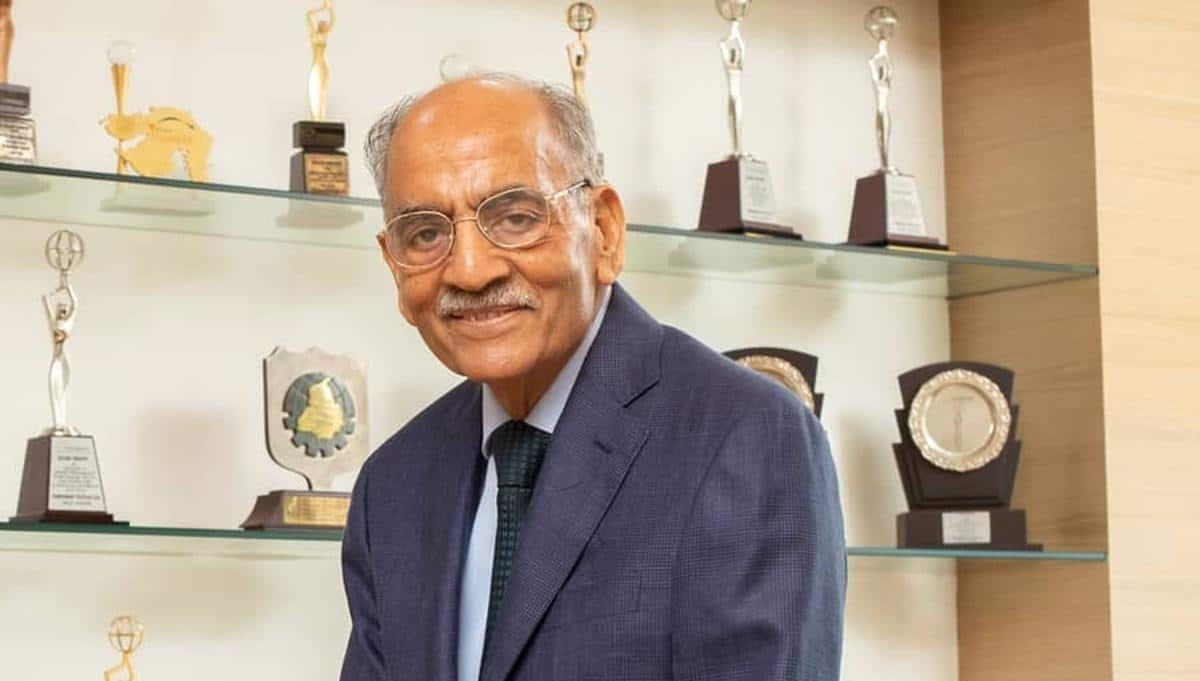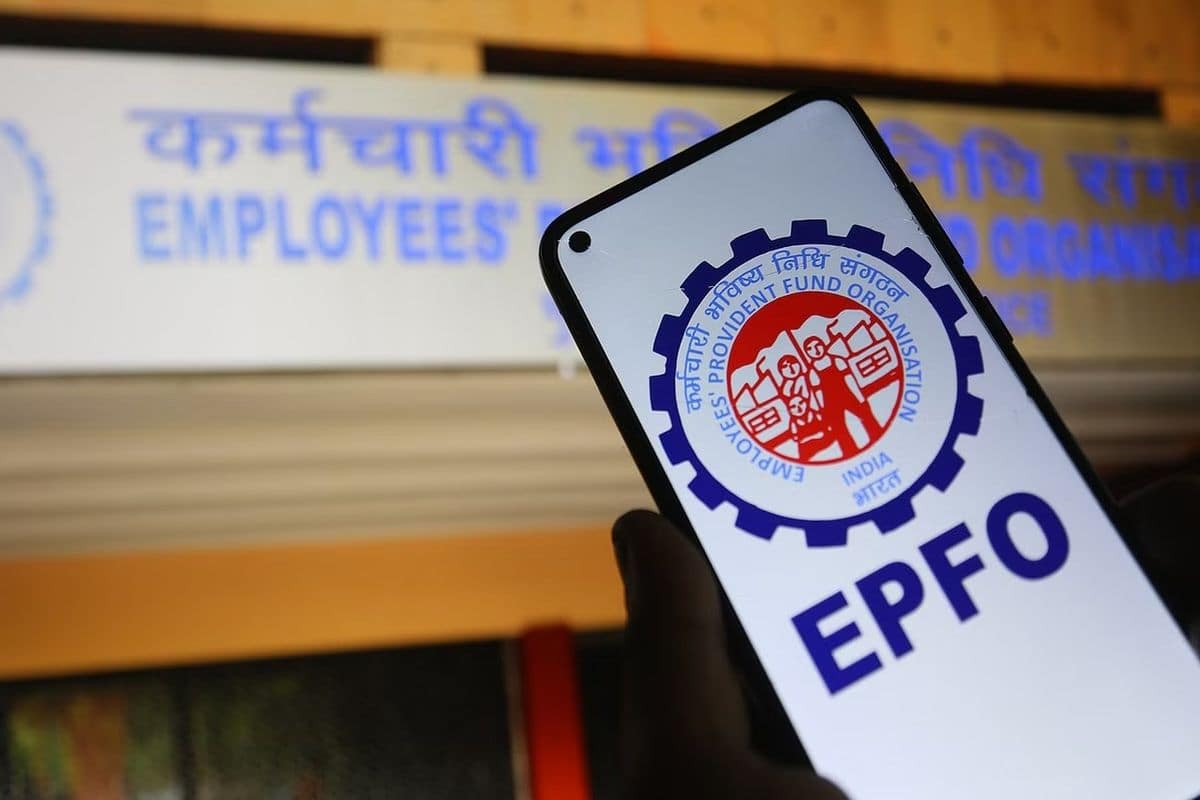In a shocking incident highlighting the growing trend of cyber fraud, a notorious gang impersonating CBI officials successfully defrauded S P Oswal, the esteemed Chairman and Managing Director of the Vardhaman Group, of a staggering Rs 7 crore. Oswal, recognized with the Padma Bhushan award for his contributions to the textile industry, recounted his harrowing experience in an interview with NDTV.
How It All Started
Oswal received his first call from the fraudsters on September 28. During the call, he was coerced into pressing the ‘9’ key, after which he was informed by a voice claiming to be from the Colaba office of the CBI. The caller knew his name and claimed that there were some alarming issues regarding a bank account linked to him, specifically mentioning a Canara Bank account, which Oswal stated he did not possess.
Connection to Naresh Goyal
As the fraud unfolded, the impostors claimed that Oswal’s identity was being misused in connection with financial irregularities involving Naresh Goyal, the former chairman of Jet Airways. The gang insisted that an account had been opened in his name using Aadhaar details and pressed him to answer questions regarding his travel history, insinuating that this somehow connected him to Goyal.
Digital Arrest and Psychological Manipulation
The situation escalated when a fraudster posing as a high-ranking official informed Oswal that he was under “digital arrest.” He was told that until the fictional investigation concluded, he was a suspect. The psyops employed by these criminals created an illusion of legal authority, where Oswal was made to believe that cooperation was his only means of securing his safety.
Continuous Surveillance
The fraudsters further asserted that they would monitor him 24/7 via video surveillance. They claimed any discussions about the case would violate national security laws, threatening potential jail time for Oswal and anyone he confided in. This psychological manipulation played a crucial role in keeping him compliant.
The Elaborate Scam
The cybercriminals went to great lengths to fabricate an air of legitimacy. They employed AI-generated video calls, dressed in civil attire, and displayed phony ID cards. The ruse included a mock courtroom setting, and one fraudster even impersonated Chief Justice of India DY Chandrachud to lend credence to their fabricated claims. Oswal was shown fake court documents, including an arrest warrant that claimed his involvement in a money laundering case.
How the Fraud Occurred
Ultimately, Oswal was persuaded to deposit Rs 7 crore into various accounts, believing this action would resolve the fabricated allegations against him. He received instructions through WhatsApp detailing the fraud’s next steps. The arrest warrant he received bore signatures purporting to be from Enforcement Directorate officials, including one Neeraj Kumar, who was falsely attributed as the assistant director.
Law Enforcement Response
The alarming nature of this incident has drawn the attention of law enforcement authorities. Following Oswal’s report, Ludhiana Police Commissioner Kuldeep Singh Chahal announced the arrest of two cybercriminals involved in this case, recovering Rs 5.25 crore from them.
Awareness and Prevention
This incident serves as a stark reminder of how cybercriminals exploit technology and the element of fear to manipulate victims into compliance. Digital house arrests, wherein cybercriminals effectively imprison their victims through psychological and technological means, are increasingly common. Victims must remain vigilant and skeptical of unsolicited calls or interactions that demand personal information or money, particularly those that invoke law enforcement.
Cybersecurity education and awareness are crucial in combating such scams. Victims should immediately report suspicious activities to the authorities to help dismantle these criminal networks.












